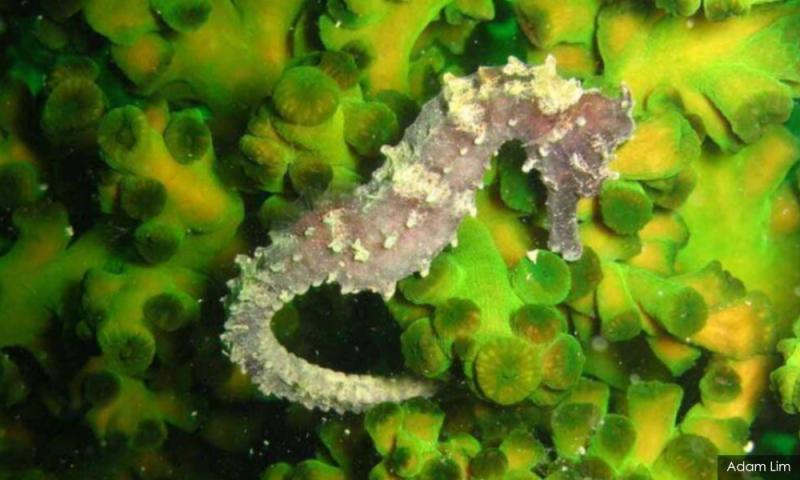To save the seahorses, culture matters
Whenever conservationist Reana Ng walks into a traditional Chinese medicine (TCM) shop, she gets a “look”, she says wryly. “They just know that you’re not coming in to buy traditional medicine... why are you here?”
Undeterred, Ng continues to visit these shops. Since March, this Masters student has been gathering information on the many uses of seahorses and on how people in Peninsular Malaysia use them.
TCM has been used in Malaysia for centuries. Currently, an estimated 6,000 TCM practitioners serve a largely ethnic Chinese clientele.
Seahorses are used in TCM to resolve a very broad range of ailments, including skin conditions, blood cleansing and heatiness (unbalanced yin-yang energy due to too much yang force).
The very first shop Ng visits is what is known locally as a traditional medical hall, with glass-topped counters fronting a prominent dark-brown medicine cabinet with red sunburst-fringing drawer knobs.
Behind the counter is a wizened shopkeeper in a white Pagoda-brand t-shirt tucked into striped pyjama pants. He stares coldly at her, remaining monosyllabic until she identifies herself as half-Chinese (Ng is also half-Indian).
So it is cultural precepts that are the basis for dialogue, she notes.
The now-amenable practitioner goes to the back and brings out plastic containers of dried seahorses and pipefishes to show Ng.
To her question as to how he sells the fish, whether by piece or weight, he pulls out a brass dang cing (traditional Chinese scales) complete with red tassels, to show her. (It is 300g for RM1,000.)
He also regales her with detailed
RM12.50 / month
- Unlimited access to award-winning journalism
- Comment and share your opinions on all our articles
- Gift interesting stories to your friends
- Tax deductable
